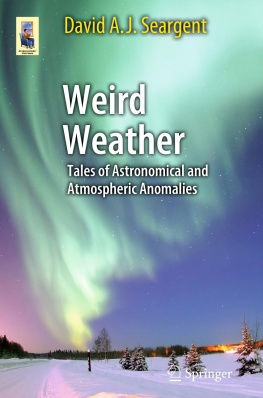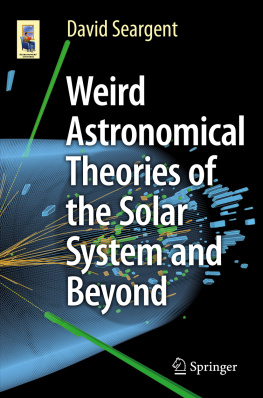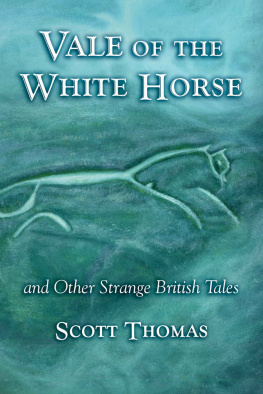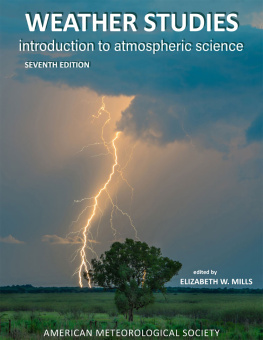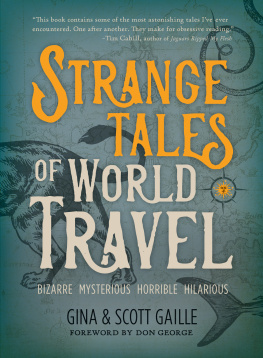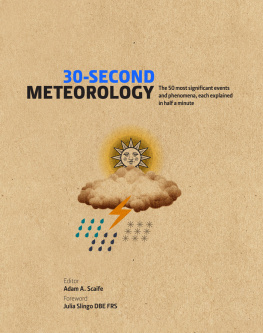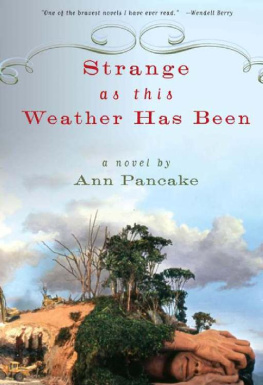A Lonely Blue Globe
For those of us old enough (sorry, mature enough) to remember the Apollo Moon landings, what is the image that first springs to mind when those heady days are recalled to memory?
There are certainly many choices. The stark lunar landscape of magnificent desolation as Buzz Aldrin described it, the raising of the US flag as the first men from our planet set foot on another world, or maybe the dawning of Christmas on the Moon beneath the orbiting Apollo 8 , as the astronauts each read sections from the opening chapter of the Book of Genesis. These are all moving memories, but perhaps the most iconic of them all is the scene of distant Earth rising above the lunar landscape. The contrast said it all; a blue and white globe amid the stark blackness of space poised above a harshly beautiful, but totally hostile landscape. The contrast, the loneliness, the fragility of our home planet was so striking that it is not for nothing that the Apollo Moon program is credited by some as the catalyst for the age of environmental awareness on Earth. Mankind went to the Moon and discovered Earth! Not the Earth that had hitherto been our whole world, strong and indestructible, but Earth the planet, isolated and alone; a tiny island of life in a vast ocean of sterility.
Fig. 1.1.
Earth rising over lunar horizon as photographed from Apollo 8 (Credit: NASA)
If space exploration has taught us one thing, it is the anomalousness of our home planet. In fact, the more we learn about the universe around us, the more anomalous Earth appears to be. Back in the days when little was known about the other worlds of the Solar System, these were pictured as being (more or less) other Earths. There was a wide assumption that they were populated. The great astronomer William Herschel, for instance, not only thought that the Moon was inhabited, but he also believed that beneath the hot surface of the Sun there was a cool world where intelligent creatures lived. What we see as the surface of the Sun, Herschel believed to be more of an atmospheric envelop shrouding the green and fertile world beneath!
Solar beings (never one of Herschels more popular ideas) have long vanished, as have Moon men and Mercurians. Martians lingered longer, with some writers even proposing their existence as late as the 1960s.
Following the first probes to Mars and Venus in the early 1960s, the true nature of our planetary neighbors started to become clearer; and for those who cherished the notion of extraterrestrial counterparts of human beings, the emerging picture was not encouraging. Not that the absence of H. G. Wellsian Martians was of itself a revolutionary discovery. Except for a mere handful of extreme hopefuls such as the unconventional writers alluded to above, few people with knowledge of the solar planets still believed in them when Mariner 4 reached Mars in 1965. What did take most people aback was the apparent hostility of the Martian environment to life of any sort. The first images from Mars actually made the place look less inviting than later research found it to be, but a Mars that did not obviously support an abundant growth of lichen-like vegetation so widely believed in prior to 1965 came to many as a blow against the very idea of abundant life in the cosmos as a whole. In short, if the planet deemed most similar to Earth did not even support lichen the confidence that there were human analogues populating worlds further afield suddenly looked less secure.
Planets, Planets Everywhere (But Not a Single One Like Home?)
With the discovery, from the 1990s, of planetary systems beyond our own, our understanding of Earths place in the order of things took another turn, but not the one that many people had expected. Just as pre-space-age concepts of the other planets of our Solar System saw these as being (more or less) Earth-like, so pre-1990 ideas about other planetary systems pictured these as basically clones of the Suns family. Not in detail of course, but the general plan for the majority of solar systems was thought to be one of small rocky planets orbiting relatively close to the parent star and giant gaseous orbs located at greater distances. Essentially, Earths and Venuses close in and Jupiters and Saturns further out.
The very first planets discovered outside the Solar System were so bizarre that they simply did not fit the mould at all. They were at the Earth end of the size spectrum, but orbiting a neutron star or pulsar the ultra dense remnant left behind by a massive star blown asunder in a supernova explosion. Nobody had expected to find planets in such locations. It seemed incredible that planets could survive their parent star going supernova. Presumably, these objects were not original companions of the ill-fated star. They must have snowballed together from the debris left over from the explosion. The system was, clearly, an anomaly and it was quite pointless to compare it with the Solar System. But the first regular solar systems systems of planets around more or less sun-like stars provided an even bigger shock. These were the systems of hot Jupiters or gas giants wheeling around their stars in orbits whose radii made Mercury look distant!
The early technique of planet detection relied on the wobble of the parent star caused by the nearby planets gravitational tug upon it. For this reason, hot Jupiters were the only ones capable of being found during the first several years of planet seeking. The planet needed to complete an orbit of the star for the detection to be made, so the technique greatly favored large planets having very short orbital periods and, ipso facto , very small distances from their parent star. But that did little to ease the shock. The very existence of such planets was the real surprise. Perhaps if the first hot Jupiter discovered had been a one-off like the pulsar planets, it could have been dismissed as an anomaly. But it was not a one-off. Hot Jupiters kept turning up again and again. Then, after enough years of data collection had elapsed to permit the detection of more temperate Jupiters (those orbiting further from their central stars and having longer orbital periods) another surprise was waiting. Unlike our own systems giant planet, most of these temperate Jupiters orbited their suns in highly eccentric orbits. Some of them moved more like comets than planets! A big surprise.
In the face of this, astronomers began asking themselves if our familiar Solar System was really the norm at all. Maybe these other planetary systems were the regular ones and ours was the anomaly!
We still do not know the answer to that question. Most of the other solar systems discovered to date have not been clones of ours, although the observational selection already mentioned partially explains this by making those systems harboring very large planets at small distances from their central stars the prime targets for discovery. Still, with longer periods of observation now enabling the detection of planets at distances from their stars comparable with that of Jupiter from the Sun, a few approximate solar system analogues have emerged. Yet, to date, nothing has been found that exactly replicates our home planetary family. Other methods of planetary sleuthing (detection of planets transiting their parent stars evidenced by very slight drops in the light of the star gravitational lensing and even direct observation in a few cases) have also added to the tally of extrasolar worlds and families of worlds and it may not be long before the question of just how typical the Solar System is can be answered with some degree of confidence.

